What is the age of children of child groups in Vietnam? What is the maximum number of children in a child group in Vietnam?
What is the age of children of child groups in Vietnam? What is the maximum number of children in a child group in Vietnam?
Based on Appendix 2 issued together with Circular 03/2024/TT-BGDDT regulating the child group and the number of children in a child group:
1102. Number of Child Groups
a. Concept and Calculation Method
- A child group consists of children aged from 03 months to 36 months, organized into groups by age: from 03 to 12 months old; from 13 to 24 months old; from 25 to 36 months old.
- The maximum number of children in a child group is regulated as follows:
+ Group of children from 03 to 12 months old: 15 children;
+ Group of children from 13 to 24 months old: 20 children;
+ Group of children from 25 to 36 months old: 25 children.
When there is one (1) disabled child learning inclusively in a group, the number of children in that group is decreased by five (5) children. Each child group can have a maximum of two (2) disabled children.
- A child group includes groups of children in nursery schools, kindergartens, independent child groups, independent kindergarten classes, and other educational facilities.
- If the number of children in each group does not reach 50% of the maximum number, they can be organized into a mixed group with no more than 20 children.
- An independent child group is an establishment for children in places where conditions are not sufficient to establish a school but has been granted an operational license. Independent child groups belong to the semi-public and private types, invested by an investor or the community in terms of facilities and ensuring operational conditions. Independent child groups operate according to Circular No. 49/2021/TT-BGDDT dated December 31, 2021, by the Minister of Education and Training on Regulations for the organization and operation of independent child groups, independent kindergarten classes, and semi-public and private independent kindergartens.
....
Thus, a child group consists of children aged from 03 months to 36 months, organized into groups by age: from 03 to 12 months old; from 13 to 24 months old; from 25 to 36 months old.
- The maximum number of children in a child group is regulated as follows:
+ Group from 03 to 12 months old: 15 children;
+ Group from 13 to 24 months old: 20 children;
+ Group from 25 to 36 months old: 25 children.
When there is one (1) disabled child learning inclusively in a group, the number of children in that group is decreased by five (5) children. Each child group can have a maximum of two (2) disabled children.
Note: A child group includes groups of children in nurseries, kindergartens, independent child groups, independent kindergarten classes, and other educational facilities.
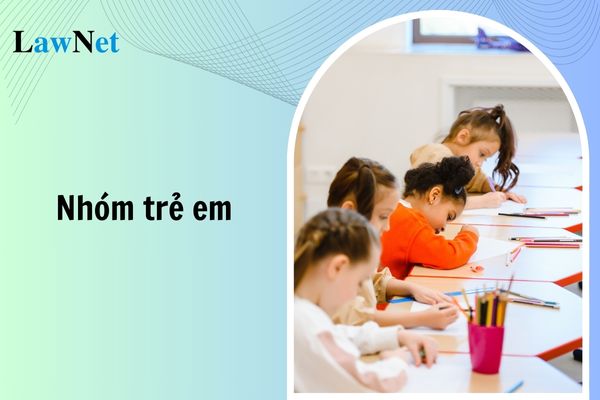
What is the age of children of child groups in Vietnam? What is the maximum number of children in a child group in Vietnam? (Image from the Internet)
What documents are included in the application for establishment of child groups and independent kindergarden in Vietnam?
According to Clause 2 of Article 11 of Decree 46/2017/ND-CP (amended by Clause 6 of Article 1 of Decree 135/2018/ND-CP), the required documents to establish an independent child group or kindergarten class are:
- Proposal for establishing the independent child group or kindergarten class;
- Semi-public or private nursery schools, kindergartens can lease facilities and equipment from the state, public educational institutions not in use to organize educational activities as per the law;
- Certified copies from the original registers, authenticated copies from the originals, or copies with the originals for verification of teachers’ or caretakers’ diplomas and certificates.
What actions are prohibited concerning children in Vietnam?
According to Article 6 of the Children Law 2016, actions prohibited concerning children include:
- Depriving children of their right to life.
- Abandoning, neglecting, trafficking, kidnapping, exchanging, or appropriating children.
- Sexual abuse, violence, exploitation, or abusing children.
- Organizing, supporting, inciting, or forcing children into early marriage.
- Using, seducing, inciting, provoking, leveraging, luring, or coercing children into committing illegal acts or disrespecting others' honor and dignity.
- Obstructing children from exercising their rights and duties.
- Not providing, concealing, or obstructing the provision of information about children being abused or at risk of exploitation or violence to the family, educational institutions, authorities, or competent individuals.
- Discriminating against children based on personal characteristics, family circumstances, gender, ethnicity, nationality, beliefs, or religions of the child.
- Selling or providing alcohol, beer, tobacco, and addictive or stimulative substances, unsafe or harmful foods to children.
- Providing internet and other services; producing, copying, distributing, operating, spreading, possessing, transporting, storing, or trading publications, toys, games, and other products intended for children but containing content harmful to their development.
- Publishing or revealing personal and private life information of children without the consent of children aged 07 and above and their parents or guardians.
- Abusing child care replacements to exploit children; taking advantage of state policies and organizational or individual support intended for children for illicit gains.
- Establishing service facilities, production establishments, or hazardous warehouses close to services providing child protection, educational, healthcare, cultural facilities, or children’s recreational areas, or placing child protection service providers, educational, healthcare, or cultural facilities, or recreational areas close to service facilities, production establishments, or hazardous warehouses with pollution risks and fire hazards.
- Encroaching or misusing infrastructure meant for children's education, recreation, and protection services contrary to legal regulations.
- Refusing, not performing, or inadequately or not promptly performing assistance, intervention, or treatment for children at risk or in dangerous situations, physical or emotional harm.
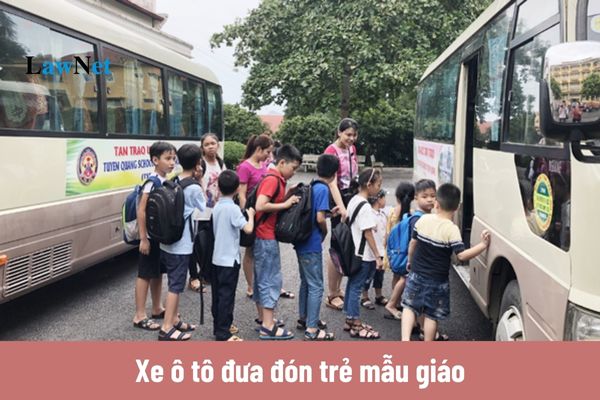

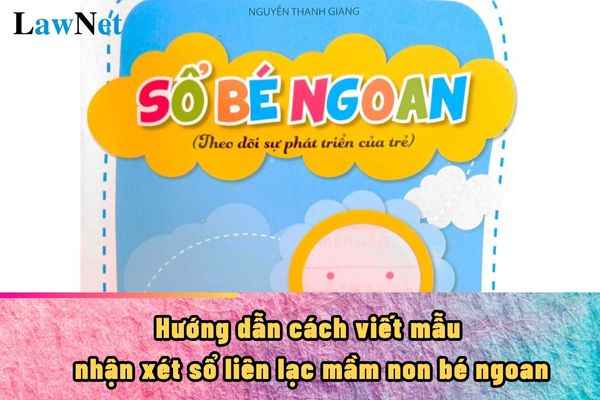
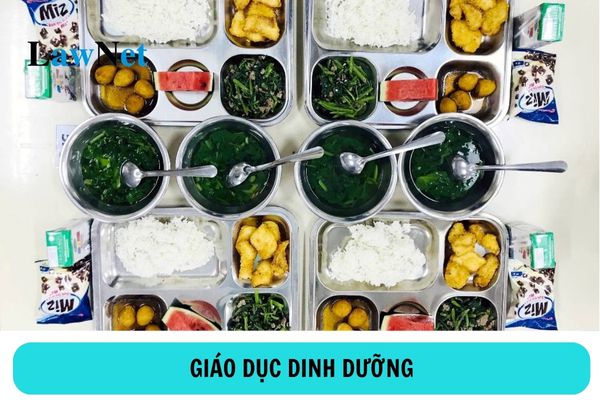
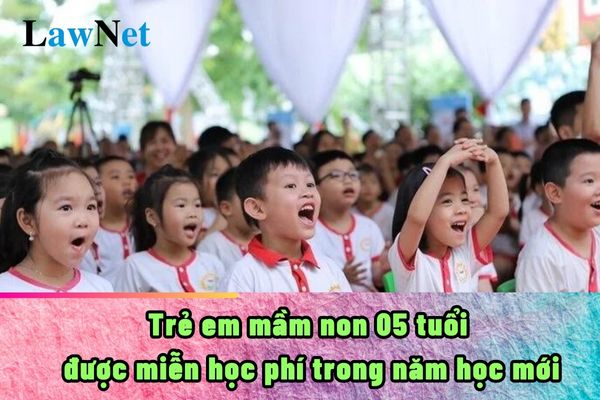
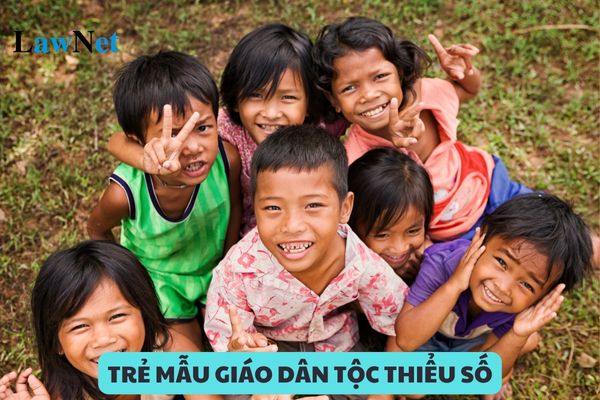
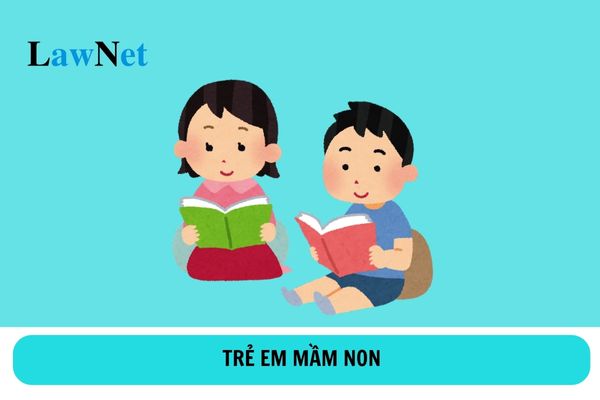
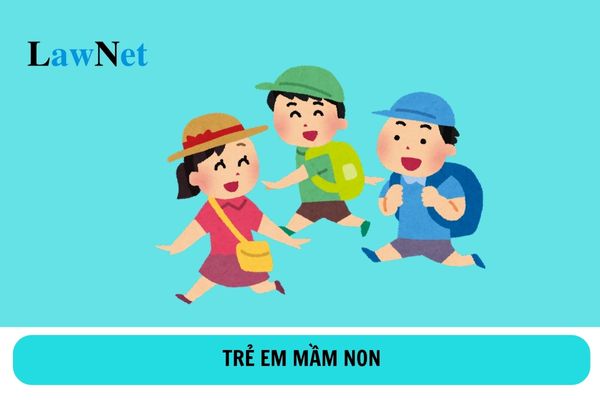

- Vietnam: What is the sample report on a modern literary matter - innovations and renovations in the short stories "Chiếc thuyền ngoài xa" and "Một người Hà Nội"?
- Vietnam: What are the 05 sample 600-word argumentative essays on negative issues among youth today? How many types of texts are there in the content of the 12th-grade Literature curriculum?
- Vietnam: What are the best sample paragraphs about your family for 6th-grade students? What elective subjects do 6th-grade students learn?
- Vietnam: What are the best sample self-introductions in English for 5th-grade students? What topics are covered by the 5th-grade English curriculum?
- Vietnam: What are the sample imaginary paragraphs on Tin-tin and Mi-tin entering the magical garden for 4th-grade students? What are the 05 essential qualities required for 4th-grade students?
- Vietnam: What are the guidelines for preparing the briefest lesson "A Strange Tale of the Fisherman's House/Truyện lạ nhà thuyền chài"? What is the eligibility for lower secondary graduation recognition for 9th-grade students?
- What are the enrollment methods of Pham Ngoc Thach University of Medicine in 2025?
- Vietnam: What are the sample 1st end-of-semester question papers of 9th-grade Literature? What is the form of assessment for 9th-grade Literature?
- Vietnam: What are the 10 sample 200-word social argumentative paragraphs on the strength of discipline? Is improving manpower one of the goals of education?
- What are the sample social argumentative essays on a social issue raised from a literary work in the 8th-grade Literature curriculum in Vietnam?

